 |
| National Public Housing Museum, 919 S. Ada St., Chicago |
Of all the wicked problems facing western countries these days, housing may be the wickedest. The latest report from the Harvard University Joint Center for Housing Studies shows (1) rental and owner-occupied housing prices at record highs, (2) unprecedented levels of homelessness, and (3) record amounts of claims from natural disasters (McCue 2025). Even in places where housing prices are in retreat, writes Strong Towns' Charles Marohn (2025), the result has not been great joy, but widespread pulling back by builders and financial institutions.
In other words, the new National Public Housing Museum could not have opened at a better time. Located in Chicago's Little Italy neighborhood, near the University of Illinois Chicago campus, it exists on land once occupied by the Jane Addams Houses, the first public housing constructed in the United States (in 1938). Four residences from various decades of the Jane Addams Houses are recreated in part of the museum.
Admission to the museum is free.
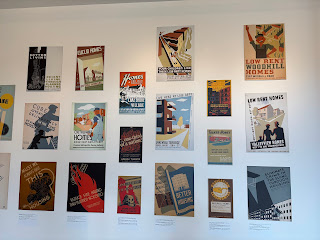 |
| Public housing brochures from around the country |
 |
| Some possessions of public housing residents |
There are a number of exhibits still under construction...
...but you can see the activism room, highlighting organized efforts of residents to improve conditions and/or prevent eviction...
 |
| Activism room |
...and the music room, a library of recordings by former public housing residents. These include Miles Davis, Marvin Gaye, Kenny Rogers, and Barbra Streisand.
 |
| Music room |
The heart and soul of the museum, however, is found on the tours of recreated public housing residences. These cost $25 (lower for seniors and students), and require reservations on the museum's website. There seem to be three tours, and I can't remember whether mine was "A," "B," or "C;" anyhow, your tour may have different content. (That's also the case at the Tenement Museum in New York.)
 |
| 1940s: entrance to the Turovitz apartment |
 |
| Turovitz family living room |
 |
| Turovitz family kitchen |
Displays are enhanced with oral histories; members of two of the families were present for the museum's grand opening earlier this year.
 |
| 1950s: anti-integration protests |
 |
| 1960s: record player and 45s |
 |
| living room TV console showing test pattern (both the Sears Tower and the station's call letters are from the 1970s) |
The biggest message of the Public Housing Museum experience was to humanize public housing residents. We meet real people, who have to deal with school and work and love and child-rearing just like everyone else, except more precariously. This is something worth remembering as government programs are mauled by the Trump administration gang, and as we collectively struggle with housing policy.
As seen above, the museum doesn't ignore public policy, but as a policy guy, I could have used a lot more. Public housing has gone through historical phases, from the early mid-rises to the infamous high rises to Section 8 vouchers, but the museum says very little about this history. It begs rather than addresses the question: Could public housing be the answer to some of the housing problems we face today?
It is bad form to critique any work based on what you wish it did, rather than what it does. Yet here I am, doing just that. I hope I've communicated that what the museum does, it does exceptionally well. It may be that future exhibits address policy more; that's an important part of the story, too.
MUSEUM WEBSITE: Welcome to the National Public Housing Museum in Chicago
RELATED POSTS:
"Everything is Connected, Including Housing Issues," 14 November 2024
"Metro Housing Update," 7 February 2024
SEE ALSO:
Charles Marohn, "What Happens When Housing Prices Go Down? (Because They Are)," Strong Towns, 21 July 2025
Daniel McCue, "A Year for the Record Books: The State of the Nation's Housing in Perspective," Joint Center for Housing Studies, 9 July 2025
"Supportive Housing Offers High-Impact, Cost-Effective Response to Homelessness and Opioid Use," Stanford Report, 27 June 2025

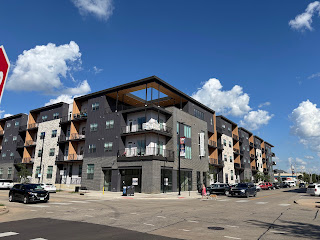



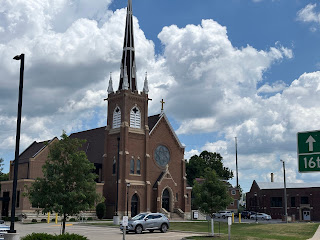
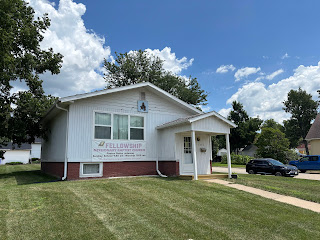

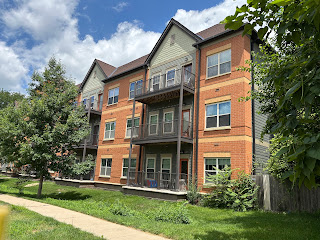






_(cropped).jpg/800px-Pete_Hegseth_(52941454126)_(cropped).jpg)



